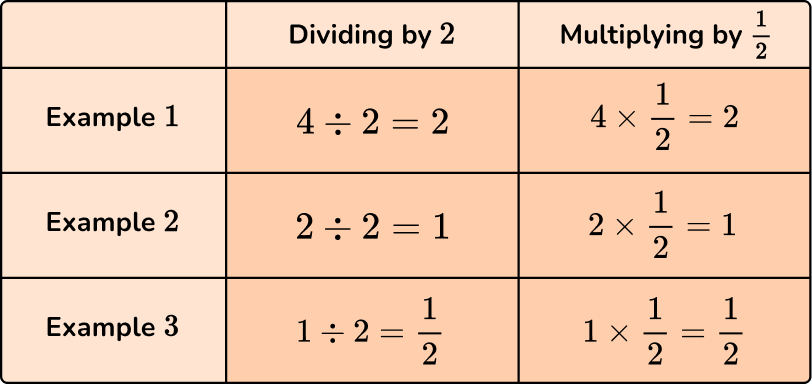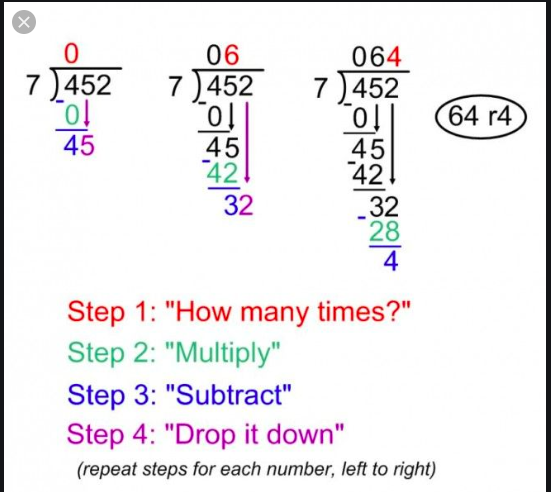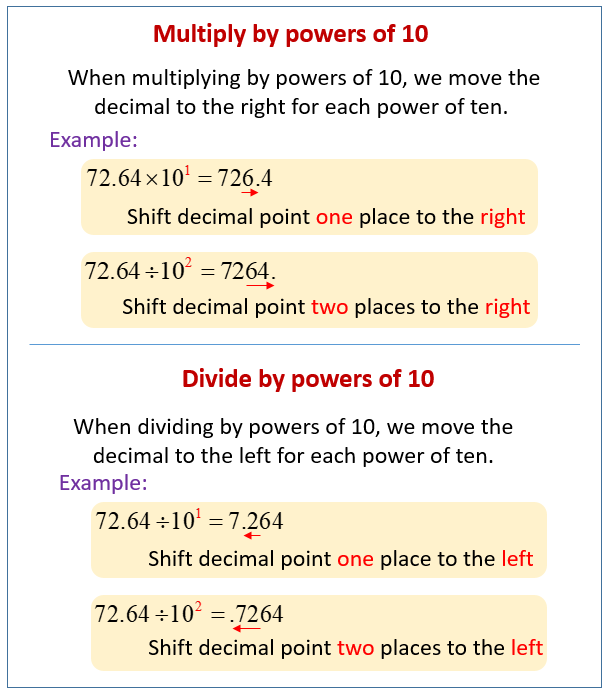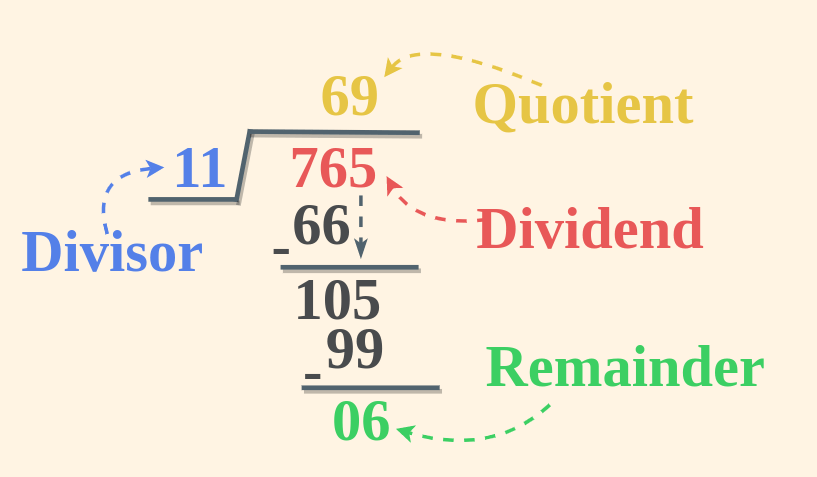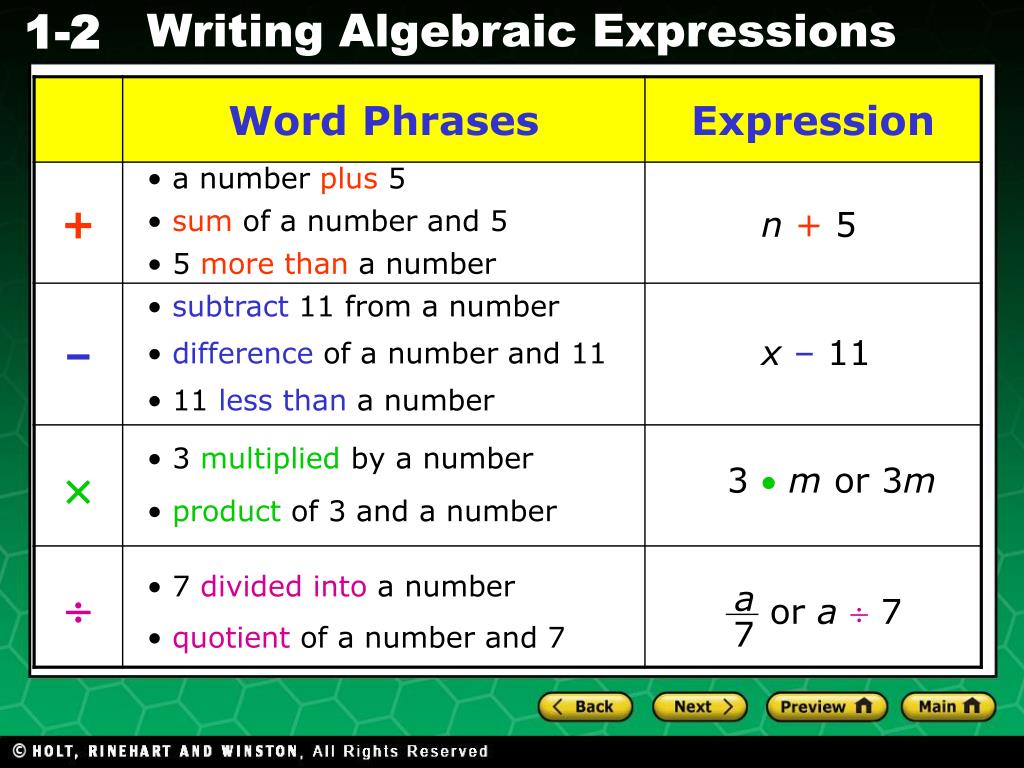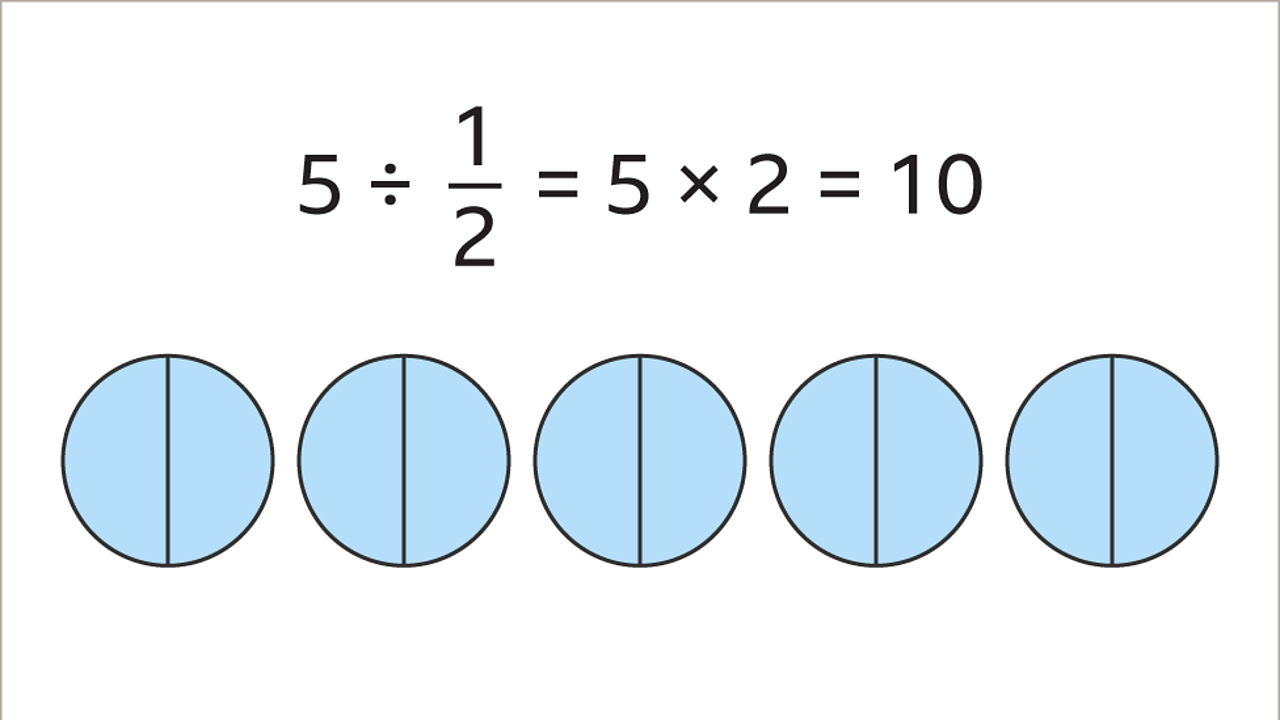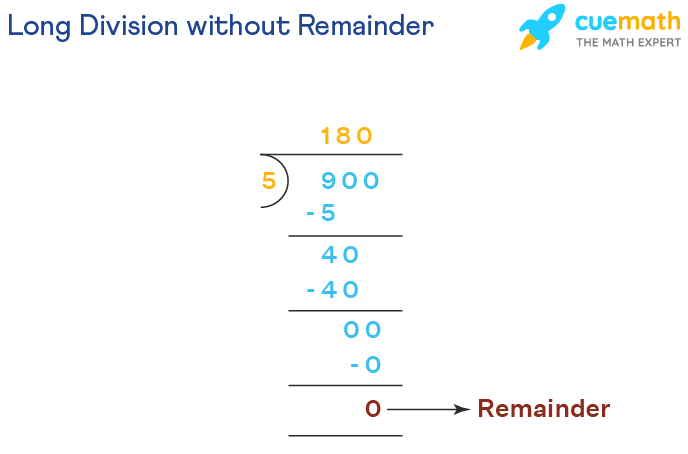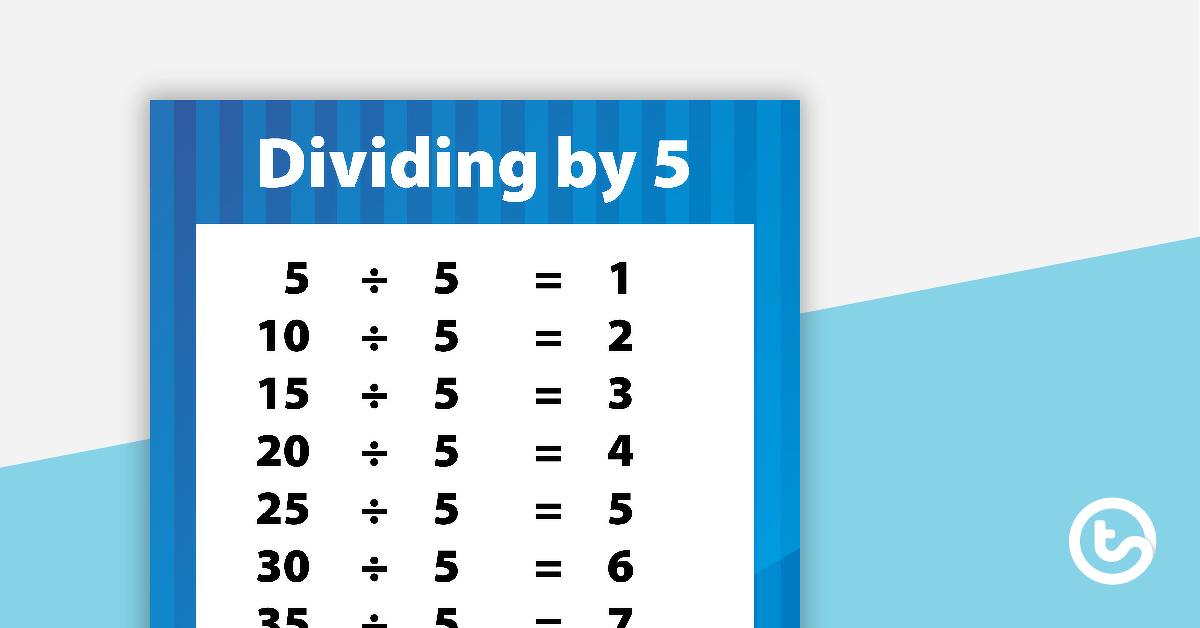Ten Divided By The Product Of Four And Five
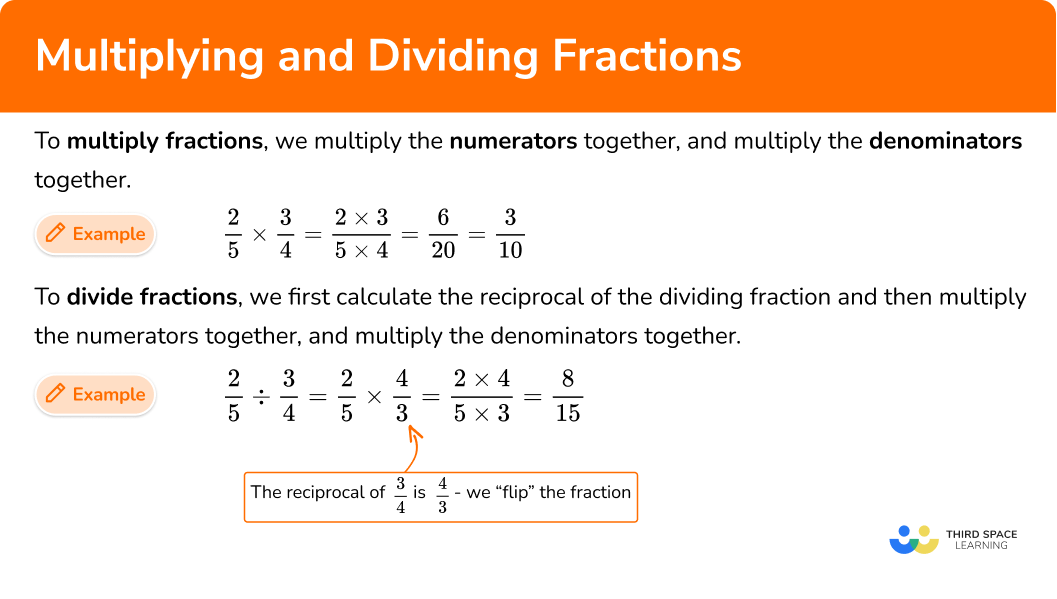
A seemingly simple mathematical expression, "Ten divided by the product of four and five," has triggered an unexpected wave of debate and analysis across various sectors. The calculation, resulting in 0.5, has become a focal point for discussions ranging from basic numeracy standards to the interpretation of data in high-stakes decision-making. This seemingly innocuous problem has exposed vulnerabilities in understanding and application of fundamental arithmetic principles.
At the heart of the matter is not merely the answer itself, but the broader implications of how individuals and institutions approach basic mathematical concepts. The correct interpretation of the order of operations, specifically understanding that multiplication precedes division in the absence of parentheses, is paramount. This seemingly elementary calculation highlights potential risks of misunderstanding foundational principles and how it can percolate to areas demanding critical analysis and decision-making.
The Core Calculation and Its Variants
The initial expression, 10 / (4 * 5), unambiguously yields 0.5 due to the parentheses. According to established mathematical conventions, operations within parentheses are prioritized.
However, the expression 10 / 4 * 5, without parentheses, follows a different order, operating from left to right. This version would produce 12.5, showcasing how slight modifications to the equation's structure can drastically alter the result.
Dr. Anya Sharma, a mathematics professor at the Institute for Advanced Numerical Studies, emphasized the necessity of absolute precision. "In fields like engineering and finance, a misunderstanding of the order of operations can lead to significant, potentially catastrophic, errors," she warned.
Broader Implications for Education
The recent public focus on this simple calculation has ignited concerns regarding the efficacy of mathematics education. Preliminary data from the National Center for Education Statistics (NCES) indicates a decline in standardized math scores among students in grades 4 and 8 in recent years.
This trend raises questions about pedagogical approaches and the emphasis on foundational concepts. Some education experts suggest a need for renewed focus on conceptual understanding rather than rote memorization.
Professor David Lee, a renowned educational psychologist, noted that "students need to understand the underlying principles behind mathematical operations to apply them effectively in various contexts." He advocates for more hands-on activities and real-world applications to reinforce fundamental concepts.
Impact on Data Interpretation and Analysis
Beyond education, the correct interpretation of basic arithmetic operations is crucial in data analysis across diverse fields. In scientific research, financial modeling, and policy analysis, accurate calculations are paramount for drawing valid conclusions and making informed decisions.
A recent report by the Government Accountability Office (GAO) highlighted several instances where misinterpretations of data, stemming from arithmetic errors, led to flawed policy recommendations. The report underscored the importance of rigorous quality control measures in data analysis to prevent such errors.
Specifically, one case involved an incorrect calculation of projected economic growth, which resulted in an overestimation of tax revenues. This miscalculation subsequently led to budget shortfalls and revisions to planned government spending.
The Role of Technology and Calculators
The widespread use of calculators and computer software introduces another layer of complexity. While these tools can expedite calculations, they also require users to understand the correct syntax and order of operations to avoid errors.
Many calculators follow the correct order of operations, but some users may not be fully aware of this functionality. This lack of understanding can lead to unintentional errors, especially when inputting complex expressions.
Furthermore, reliance on technology without a solid grasp of underlying mathematical principles can hinder critical thinking and problem-solving skills. Expert analysis suggests a need for striking a balance between leveraging technology and fostering a deep understanding of fundamental arithmetic.
Differing Interpretations and Debates
While the correct mathematical answer to 10 / (4 * 5) is undeniably 0.5, the public discussion revealed varying interpretations. Some individuals argued that the expression was ambiguous and open to different interpretations depending on the assumed order of operations.
Social media platforms became hubs for heated debates, with users presenting conflicting solutions and justifications. This online discourse, while sometimes contentious, highlighted the widespread interest in mathematical literacy and the importance of clear communication in mathematical contexts.
These debates are a reminder of the need for universal and consistent adherence to mathematical conventions. Standardized notation is crucial for preventing miscommunication and ensuring accuracy across different disciplines.
Looking Ahead: Improving Mathematical Literacy
The ongoing conversation surrounding "Ten divided by the product of four and five" serves as a wake-up call. It underscores the importance of investing in mathematical education at all levels and promoting a deeper understanding of fundamental concepts.
Efforts to improve mathematical literacy should focus on fostering critical thinking, problem-solving skills, and a nuanced understanding of mathematical conventions. This can be achieved through improved teacher training, curriculum development, and public awareness campaigns.
By prioritizing mathematical literacy, society can empower individuals to make informed decisions, navigate complex data, and contribute effectively to an increasingly quantitative world. The simple problem has evolved into a catalyst for systemic change.



